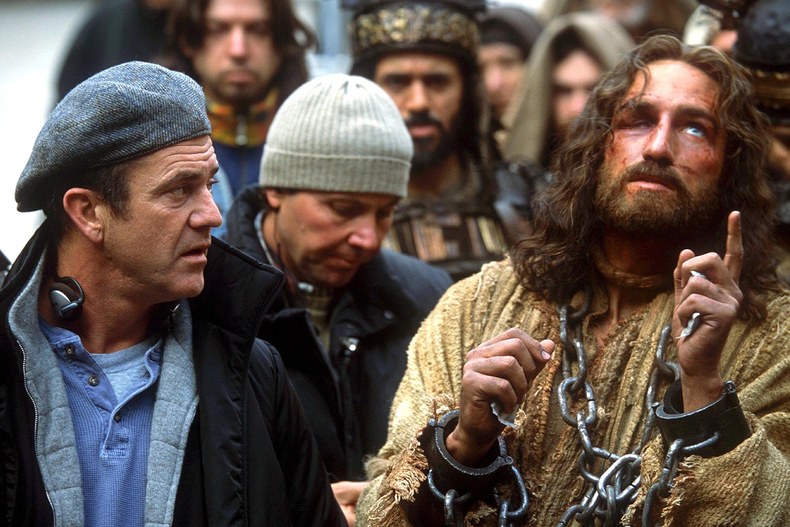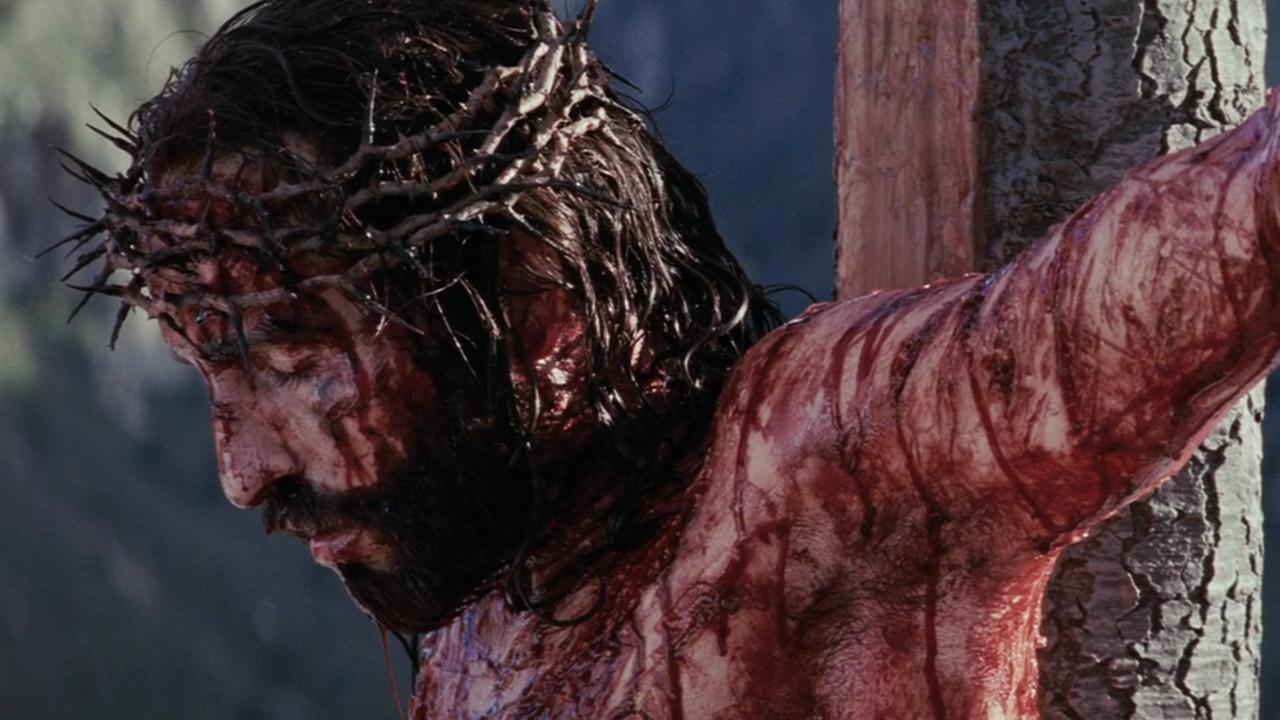Almost 20 years ago, one of the most divisive films in film history, The Passion of the Christ, was made. Mel Gibson's directorial vision received a lot of criticism, which, given the zeitgeist, is not so surprising. The numbers don't lie, however: The Passion became the most successful R-category (meaning content not recommended for children) film of all time in the United States of America. This fact still gives reason for at least a half-smile.
The work dealing with the last 12 hours of Christ - which focuses on presenting every moment of the suffering story as authentically as possible - brought in 612 million dollars (more than 231 billion forints) worldwide, while with a very low budget of only 30 million dollars (more than 11 billion HUF) was made.
If it's Good Friday, then The Passion
At the beginning of the 2000s, news broke that Gibson, a deeply religious Catholic, wanted to make a film about Jesus. However, his project was repeatedly rejected, as the studios considered a production in which the story of Christ's passion is told in dead languages (Aramaic and Latin) in an extremely natural form to be too risky. Gibson therefore decided to finance the film independently. Making the Passion was an extraordinary struggle for the creators themselves, especially for the actor who portrayed Christ, Jim Caviezel.
When Gibson offered him the role, he warned the deeply religious man in advance that attacks on the film would hardly help his further career. The actor, on the other hand, believed that it was his God-given task to portray Christ, so he accepted the invitation.Caviezel was injured several times during filming. During the caning, they accidentally hit him on the back, which tore his skin 30 centimeters long. His shoulders kept popping out while he was carrying the cross, the heavy wooden beam once even fell on his head. The actor hanging on the cross was also at risk of lightning strikes, hypothermia and cardiac arrest. Caviezel thus came as close to portraying Christ as possible for a mortal man - Caviezel's report and testimony can be viewed HERE.

Source: Twitter
Biblical and historical authenticity
The film's script is primarily based on the suffering story told by the four Gospels. It is worth mentioning that although these are the same in the main moments, there are also certain differences. For example, Pilate's famous washing of hands, which is only reported in the Gospel of Matthew, while the fact that Jesus was sent to Herod is only mentioned in the Gospel of Luke. The Passion also includes other mentions and descriptions from the New Testament, as well as typical Catholic traditions that, although not included in the Bible, are still important parts of the Catholic Christian faith. Calvary, or the Way of the Cross, was a tradition developed among pilgrims in the Middle Ages, with which those who remember it tried to recall Christ's suffering. The participants of the Way of the Cross traditionally reenacted in 14 stations how Jesus carried the cross to Golgotha, i.e. the place of crucifixion. Certain moments of the journey are also mentioned in the New Testament (e.g. Simon of Cyrene taking over the carrying of the cross from the exhausted Jesus), but Jesus' tripping three times and Veronica wiping the Messiah's face with a handkerchief are not mentioned in the Holy Scriptures.
Overall, it can be said that The Passion is quite faithful to the source material, using biblical, church, historical and fictional elements in the right proportion.The material culture can also be said to be largely authentic, but in some places the distortion of the representation of the medieval and baroque world can also be discovered.
Selfish bloodbath or scriptural reality?
All of the New Testament gospels report that Jesus was beaten, insulted, and spat on several times in an almost lynch-like atmosphere. Flogging is also mentioned in the Gospels, but its method and course are not described. However, knowing that Jesus "only" spent a few hours on the cross (instead of the usual several days), we can conclude that his body was significantly damaged by the abuse and torture he suffered. Caning, although it was not specifically considered a death penalty, was still considered a strict and harsh method of punishment, which immobilized the victim for a long time. The Romans used a whip called "flagrum" similar to the one shown in the film, which was specifically designed to cut and tear the victim's flesh. And a person with a weaker physique could have died from this kind of punishment on his own. Since Jesus presumably worked as a carpenter and was on the road a lot, he probably had a strong physique and endurance, so he could have had enough strength to be alive even on the cross for a few hours.
So there is no exaggeration in the way Christ's scourging is depicted in The Passion, the shocking sequences are probably very close to what a real scourging might have been like in ancient times.The crown of thorns used to mock Jesus also caused terrible pain and blood loss for its wearer.

Source: Twitter
When will the Resurrection finally come?
Gibson first confirmed in September 2016 that work on the sequel to the 2004 film had begun. Randall Wallace, who wrote the film The Fearless, joined the crew as a screenwriter.
"This is a very big and powerful topic, we need to carefully consider how we do it. It is not enough to simply return it, as everyone knows what happened"
Mel Gibson explained in an interview.
Randall Wallace is also looking forward to working on the project.
"Passion is just the beginning. We still have a lot of stories to tell.”
the screenwriter told The Hollywood Reporter. He added that the positive reception received from the fans also motivates them.
"The evangelical community considers The Passion to be the greatest Hollywood film, and we've been told consistently that they think the sequel will be even more successful."
Wallace said.
The sequel, which is expected to be released in cinemas in 2024, will be called "The Passion: Resurrection".The film deals with the events of the three days between the crucifixion and resurrection of Jesus Christ. Gibson's determined goal is to bring the events taking place in hell to the cinema screen, which promises to be one of the specialties of the work.
According to press reports, after a long delay, filming will begin this spring based on the script, which has been rewritten at least six times, on which Gibson and Wallace worked together.
We are looking forward to!













